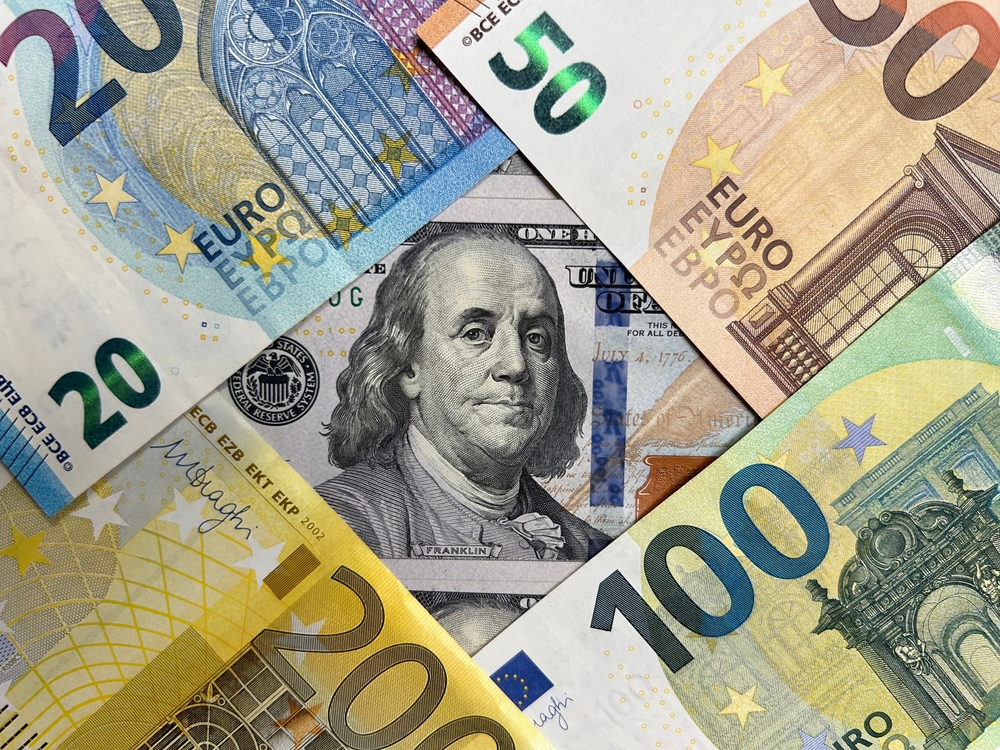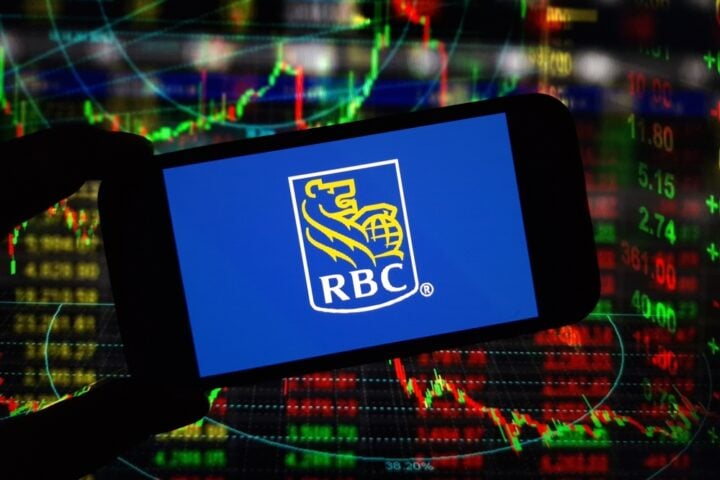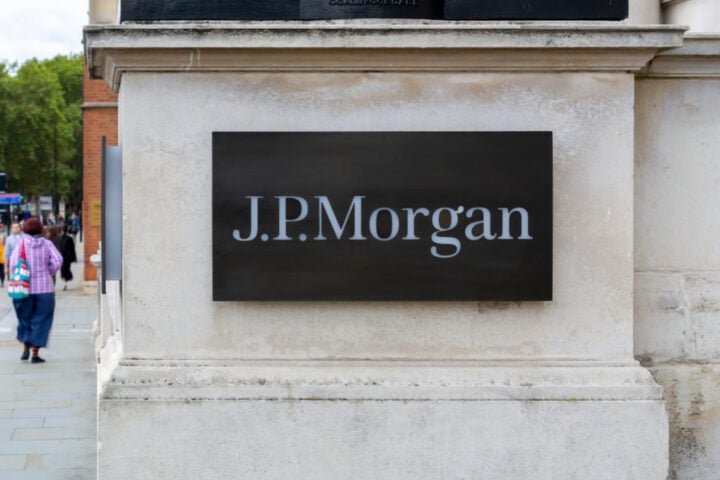The EUR/USD extended its Thursday recovery into Friday’s North American session, hovering near 1.0830. This recent movement is primarily due to a slight retracement in the U.S. Dollar (USD), driven by weaker-than-expected U.S. economic data. The U.S. Durable Goods Orders fell by 0.8% in September, softer than the estimated 1.0% decline, weighing on the Dollar as the EUR/USD pair attempts to solidify its recovery.
Dollar Weakens Amid Economic Data, But Long-Term Appeal Remains Strong
The U.S. Dollar Index (DXY), which measures the Dollar against six major currencies, slipped just below the 104.00 mark. While the Dollar faced short-term pressure from the disappointing Durable Goods Orders data, its long-term outlook remains supported by positive economic indicators. Upbeat Nonfarm Payrolls (NFP) and Retail Sales data for September, along with stronger-than-expected flash S&P Global PMI data for October, point to sustained economic growth, reinforcing the market’s confidence in a gradual Federal Reserve rate-cutting cycle. Additionally, rising expectations of a Trump victory in the upcoming presidential election are also providing a tailwind to the USD.
Euro Gains on Improved Economic Data, but ECB Rate Cut Speculation Looms
The Euro (EUR) has shown resilience following the release of Thursday’s Hamburg Commercial Bank (HCOB) Eurozone PMI report, which highlighted a continued contraction in Eurozone economic activity. The Composite PMI dipped to 49.7 in October, indicating contraction for a second consecutive month. Despite these challenges, the Euro remains firm, partly due to better-than-expected German IFO Business Climate data for October, which provided a brief boost in sentiment.
However, speculation about a larger-than-expected rate cut by the European Central Bank (ECB) in December continues to weigh on the shared currency. A recent dovish commentary from ECB policymakers, including Mario Centeno, has fueled expectations that the ECB might cut its key rate by 50 basis points, especially given mounting downside risks to growth. Centeno highlighted accumulating risks, suggesting that inflation may remain below the ECB’s 2% target amid economic downturn fears.
Technical Outlook: Key Support and Resistance Levels for EUR/USD
The EUR/USD pair has held its position above the 1.0800 level during North American trading hours. However, its outlook remains cautious, with the pair trading below the 200-day Exponential Moving Average (EMA) near 1.0900—a critical resistance level. The EUR/USD faced a bearish reversal after breaking a Double Top pattern near the September 11 low at 1.1000, with strong bearish momentum reflected in the 14-day Relative Strength Index (RSI), which sits between the 20.00 and 40.00 range.
On the downside, the next key support level for the EUR/USD is at 1.0750, near an upward trendline drawn from the October 3 low at 1.0450. Should the pair drop below this trendline, it could further decline to the round-level support of 1.0700. On the upside, the 200-day EMA near 1.0900 and the psychological level of 1.1000 represent significant resistance points.
The EUR/USD continues to navigate through a challenging macroeconomic environment, with the Dollar’s strength tempered by mixed economic data and the Euro’s recovery challenged by ECB rate cut expectations. Investors should keep an eye on upcoming U.S. and Eurozone data, as well as developments in the Fed’s policy outlook, as these will likely be pivotal in determining the pair’s near-term direction.







